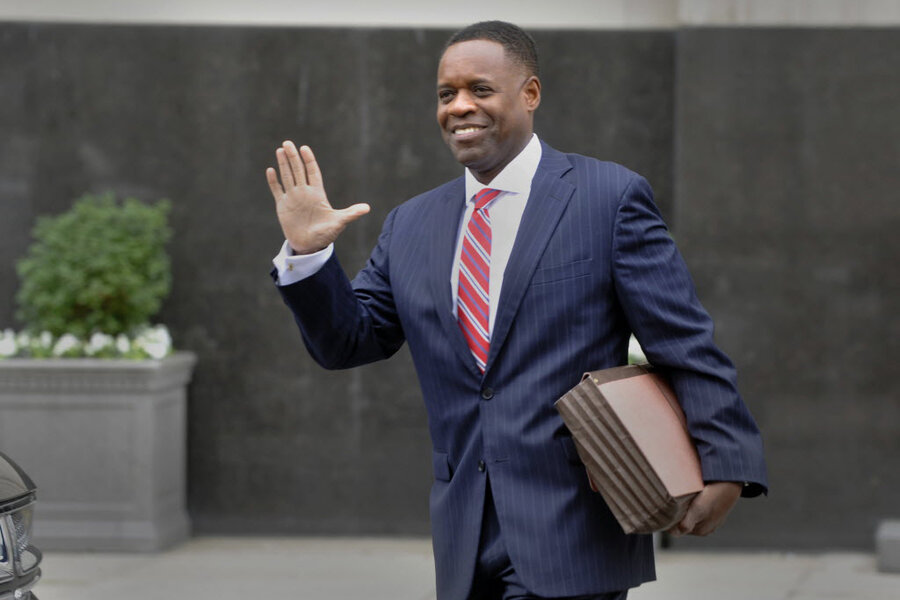Detroit emergency manager paints picture of blighted city
| Detroit
An emergency manager testified in bankruptcy court Wednesday that when he took over Detroit's finances, he found a city with poor services for residents, next to no cash flow and significant neighborhood blight.
Kevyn Orr, who was hired by the state in March 2013 to fix Detroit's finances and who took the city into the largest municipal bankruptcy in US history, was called to the stand and questioned by a city lawyer in federal court in Detroit.
Judge Steven Rhodes is to decide whether Orr's plan to remove $7 billion in debt is fair to creditors. Orr has said Detroit's unsecured debt is about $12 billion.
Orr said Wednesday that before he filed for bankruptcy, every creditor wanted to be "paid in full."
"Each of the groups had a view that their situation was special ... and did not want to take a haircut," he said.
At the same time, the city was struggling, he testified.
Police and ambulance response times were slower than the national average, he said. Most fire runs were to abandoned houses and buildings. Communications and computer systems were antiquated.
Orr's debt restructuring plan, in which deals have already been reached with most creditors, sets aside $1.7 billion for improving city services. A centerpiece is an agreement where businesses, foundations and the state will donate more than $800 million to soften cuts to retiree pensions. The so-called "Grand Bargain" also would keep city-owned art from being sold to satisfy some debt.
Of the total unsecured debt, the city owes $5.7 billion in retiree health care obligations and $3.5 billion in pension liabilities.
"The city paid retiree health care out of pocket," Orr said Wednesday. "We knew the trajectory of where the city was going was not sustainable. We had to get a grip on the pension underfunding."
The city stopped providing health insurance to retirees earlier this year. Those not eligible for Medicare had to sign up for coverage through the state's health exchange under the federal Affordable Care Act.
Orr is scheduled to return to the stand Thursday. He has said that the trial could end before the end of October.







